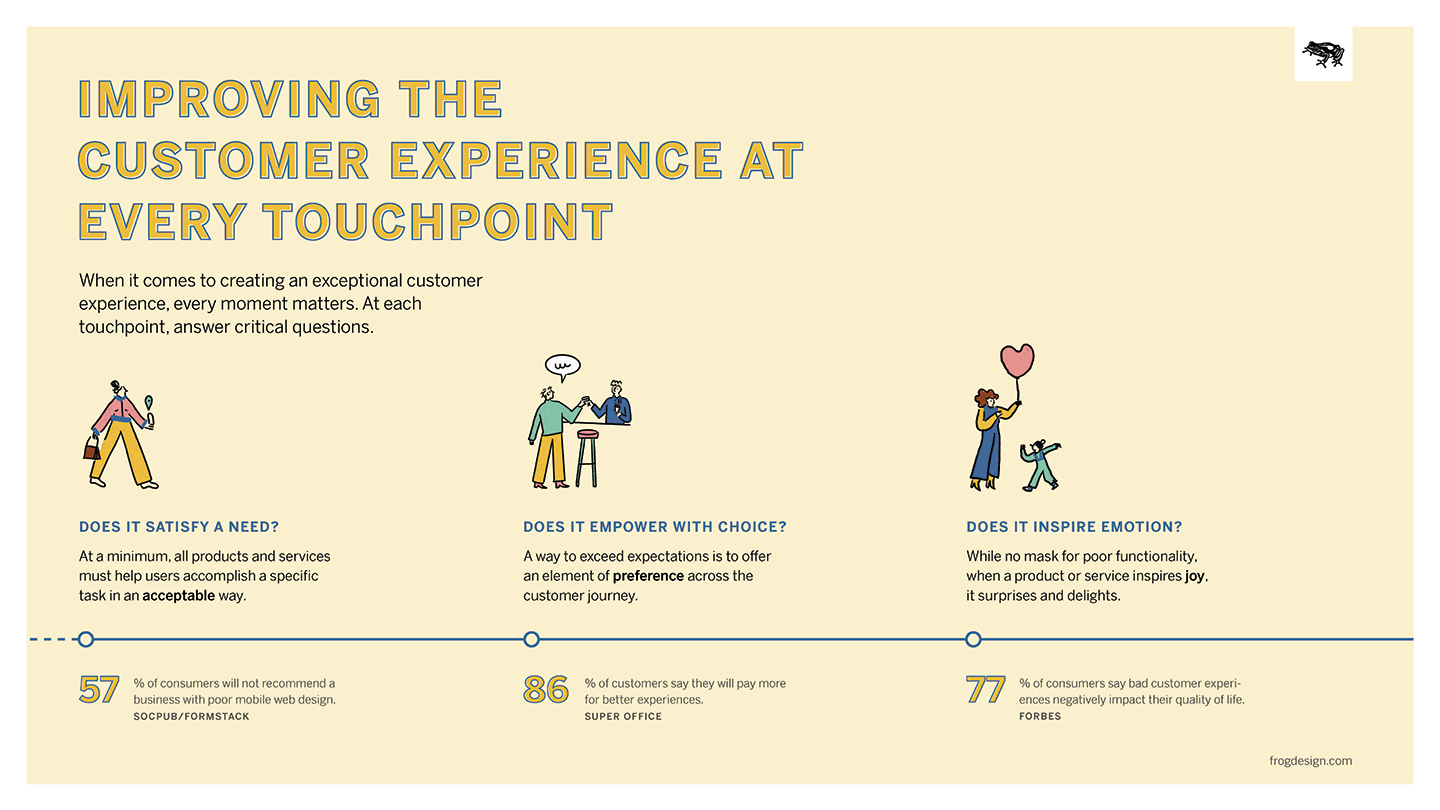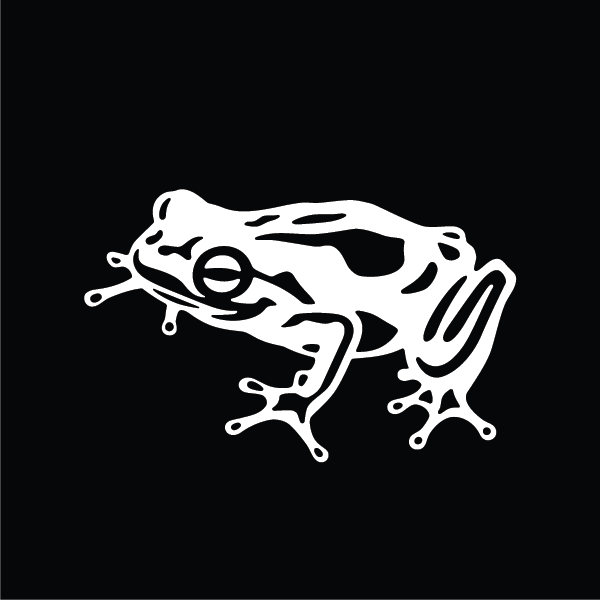
Your Business, Your CX: Defining Quality and Unlocking Potential
Fierce competition and consumer power grow at parallel paths. Traditional means of differentiation—the kind based on product or service features alone—are no longer enough. In other words, purely functional attributes will fail to impress customers into sticking around for long. To win the battle for customers at a time when there is a seemingly unlimited range of options available, the charge is to seek new sources of competitive differentiation. Customer experience (CX) is now the best lever that companies can use to compete.
But what does quality CX look like in your business? From meeting consumer expectations to assessing organizational capabilities, this will be determined by many factors. Read on for ways to think about how to define quality CX in your business to start unlocking its full potential.
First, what does ‘customer experience’ mean?
CX is not the same as customer satisfaction, nor is it the same as customer service. CX is also not the result of any one initiative. For instance, while quality CX inspires customer loyalty, exceptional experiences are rarely the result of customer loyalty programs alone. To further complicate matters, not all quality experiences are the same in every business or across all industries. The marketplace influences what types of interactions customers already demand and which experiences will lead to competitive differentiation.
Put simply, CX is the sum of all interactions a customer has with a brand over time. On an individual touchpoint level, products and services lead to exceptional experiences when they include features and interactions that customers deem acceptable to use, offer some level of preference and inspire joy. Finding the right balance in these attributes—and knowing which of these will offer the most value for your organization—requires deep understanding of customer needs specific to your business.

All this is to say that there simply is no one-size-fits-all solution. At frog, we use what we call a ‘Relationship Framework’ to define and evaluate a company’s CX. It prizes three factors above all as a guide for businesses looking to create meaningful, sustainable relationships across the customer lifecycle. These include:
- Breadth: The frequency of interactions across a customer’s experience.
- Depth: The extent to which emotional, higher order needs and desires are being met.
- Consistency:The connectedness and cohesiveness of a brand’s ethos through the interactions it creates with customers.
To learn more about these three factors and how they contribute to exceptional CX, see the course Design Thinking: Customer Experience on LinkedIn Learning taught by frog Executive Strategy Director Geoffrey Schwartz.
New tech alone cannot save major flaws in a business’s overall offering, but it can lead to new ventures, offer forward-looking alternatives and influence new processes that improve overall CX in a measurable, scalable way. One example of using tech to improve CX is frog’s collaboration with DBS, a multinational financial services group. For DBS, frog designed and launched a paperless and signature-less mobile banking service. Not only did it engage new technologies and platforms, it helped DBS outperform competitors in customer acquisition and retention.
Of course, the integration of tech-enabled experiences goes far beyond initial launch. Even with emerging technology, it is important to think long-term about their implementation. For instance, a hotel chain may decide to digitize their room service offering to seem more modern to guests, but if the service is reliant on devices that quickly become obsolete or on software that is not maintained, the cost of such a wasted effort is big in terms of both budget and impact on perceived CX quality.
Creating a deep understanding of your customer’s pain-points along their journey is a strong place to start looking for potential ways to improve CX in your business. Applying design thinking methodologies, informed by user research and deep business expertise, leads to winning product and service innovation and enhancements that ultimately contribute to greater CX.
This also means knowing what matters most to your customers. Otherwise, so-called CX ‘improvements’ fail to translate into impact. As the standards for a given experience are raised, customer expectations evolve, and experiences can even become commoditized. In this way, timing is everything. Being willing to drive change in your business, market or entire industry—rather than simply respond to it—can help keep your business at the forefront of CX innovation. At frog, we partner with clients to identify the right risks and experiment in the most lucrative domains to create lasting impact through innovative experiences.
At the heart of making memories that lead to positive associations are understanding emotional drivers along the way. At frog, we believe ‘form follows emotion.’ This means rather than servicing just functional or technical requirements, we believe in designing experiences around customers and what they love. This will not be the same for every business. Instead, it is necessary to center on your own customer’s journey in a strategic, precise way.
So, when looking across your customer’s journey to uncover key business opportunities, also consider the emotional weight of these interactions. Each will leave an imprint on customers’ memories that they will associate with your brand long-term. This is all core to deepening the relationship between your customer and your brand. Only by considering how an experience can make your customers feel, will it be possible to understand what they value.
On measuring the impact of CX
Now that we’ve outlined what comprises a quality customer experience for your business and ways to go about thinking of CX opportunities, it’s time to start looking forward at how to measure the impact of your initiatives.
For even more information on measuring results, sign up to get The Business Value of CX, a new, free report that includes the four key effects of exceptional customer experience, as well as more detail on frog’s approach to customer-centered innovation.


Nieves Padilla is a Senior Strategist at frog Madrid. Combining an innovative mindset and a practical approach to make data-driven decisions, she is able to conceptualize complex business challenges in order to drive change in organizations. She brings more than 8 years of experience in strategy consulting engagements involving customer experience transformation, organizational transformation and corporate and portfolio strategy for worldwide companies within industries such as financial services, transport, services or tourism & entertainment.

Octavio Egea is a Vice President and Head of Innovation, Strategy & Design at frog. For 20+ years, Octavio has been helping organizations decipher, navigate and thrive in complex industry contexts, deploy new growth platforms and embrace innovation to drive superior alpha. He leads a team of passionate strategists, designers and technologists assisting startups and global corporations in identifying emerging opportunities, developing growth strategies, building new businesses and creating innovative and meaningful experiences that resonate with customers and employees.
We respect your privacy
We use Cookies to improve your experience on our website. They help us to improve site performance, present you relevant advertising and enable you to share content in social media. You may accept all Cookies, or choose to manage them individually. You can change your settings at any time by clicking Cookie Settings available in the footer of every page. For more information related to the Cookies, please visit our Cookie Policy.